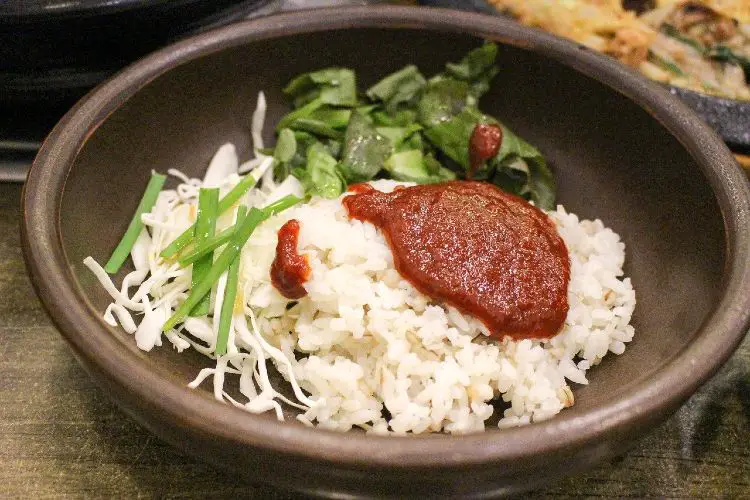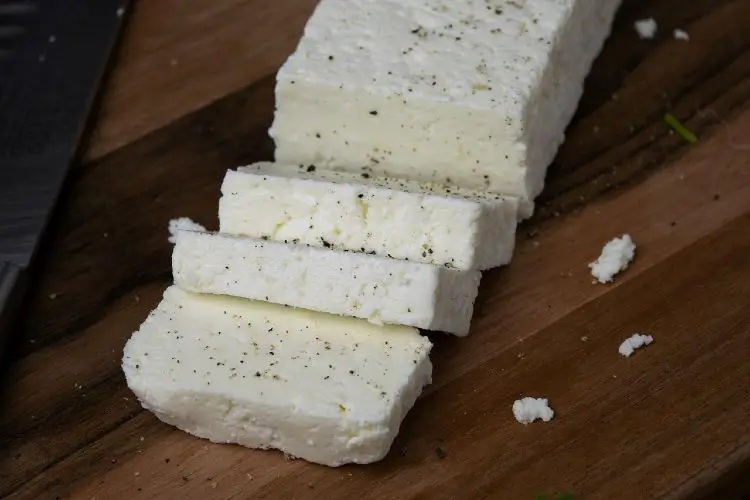The Making of Spaetzle
I almost titled this post “the most German of all noodles” when it occurred to me that this humble dish is not only popular in the Southwest of Germany, where I grew up, but is actually found throughout the South of Germany, into Switzerland and vast parts of the former Austro-Hungarian Empire. There are equally many names for it depending on the form and length of the noodle and where it is made, from Spätzle to Knöpfle to Raben.
Spätzlecan be enjoyed both as a side and as a dish by itself. Many restaurants will have a version of the latter on the kids’ menu, either with apples or apple sauce, gravy or cheese. Homemade or made from scratch is obviously preferred, but industrially made Spätzle are now widely available as well. Traditionally, they are dressed with breadcrumbs fried in butter until they turn a nice, dark brown (this is called“Abschmälzen“).
When we left Germany for the US over 15 years ago, my mother gave me a Spätzle press .There are many ways to produce these delicious noodles, but to me this is the most elegant and produces beautiful, uniform Spätzle with ease. Other ways to make them include scraping them off of a board (special ones are available) with a knife or special scraper, utilizing a special pot lid and scraper or using a Spätzlehobel (Spätzle “plane“). Cooks who have a lot of expertise with the board and knife scraping technique can turn out noodles almost as uniform as the ones a press produces, and “hand-scraped” is still the most prized attribute when it comes to Spätzle.
Spätzle batter is super sticky, so be prepared to get it all over your hands, utensils etc. Also be prepared to soak your equipment right after making your noodles, preferably cleanin it as soon as you are done. All things involving flour and water have a tendency to turn into concrete when dry. This warning comes from my own, personal experience.
Homemade Spätzle (from my grandma’s cookbook)
Ingredients
625 g all-purpose flour
330 ml water
1 tablespoon salt (a proper tablespoon)
3 – 4 eggs
30 g butter and 1 tablespoon breadcrumbs to dress
Method
Bring a big pot of water to a rolling boil and add about a tablespoon of salt to the water.
Sift the flour into a bowl. Add 1 tablespoon salt, the eggs and the water and whip until the batter looks uniform and bubbly. Let the batter rest for about an hour to relax the gluten, especially if you plan to scrape the batter off of a board. If employing a press, you may get away with using the batter right away.
Turn the heat down so the water simmers. Either way you make your noodles, only cook one batch at a time. Make sure you are staying close to the water’s surface. If using a press, fill the press about 2/3 full, insert the lid and in one uniform motion press down so you get long, uniform Spätzle. Have a long, thin knife close by and scrape across the press’s head to remove all batter into the water.
When the noodles are rising to the water’s surface, they are ready to be drained. With a skimmer or slotted spoon, scoop them into a strainer. As you add the next batch, turn them over as if folding them in, so none of them dry out. When you are all done, rinse them a little bit under cold water to prevent sticking.
Spätzle will keep for a few days in the fridge, but are best eaten fresh. To heat them up, simply boil some water with a little bit of salt (just like when you cooked them the first time), insert them for a little bit, strain and serve. They are also delicious fried up in a pan, or as Käsespätzle.
Käsespätzle (Cheese Spätzle)
1 recipe Spätzle
4 medium onions, cut into disks and fried
1 lb (454 g) grated cheese
Preheat the oven to 350 F (180 C). Fry the onions after cutting them into disks until they are glassy and are starting to turn brown. Add a little white wine if you wish. Drain the onions. In a greased glass dish, layer the dish as follows: noodles, onions, cheese. End on a layer of cheese.
I used a glass dish measuring 7.5“ x 9.5“ x 3“ (19.5 cm x 24 cm x 8 cm) or 11 cups (2.6 liters), and all of the above ingredients fit perfectly. Bake until all the cheese has melted, the top is beginning to brown and the inner temperature measures at least 180 F, or for about 30 minutes.
For all things Spätzle, there is a dedicated website available (in German) at www.spaetzle.de.
Contact Details
Sofie Dittemann’s blog: www.germanfoodie.com
Follow Sofie on Twitter: @thegermanfoodie


